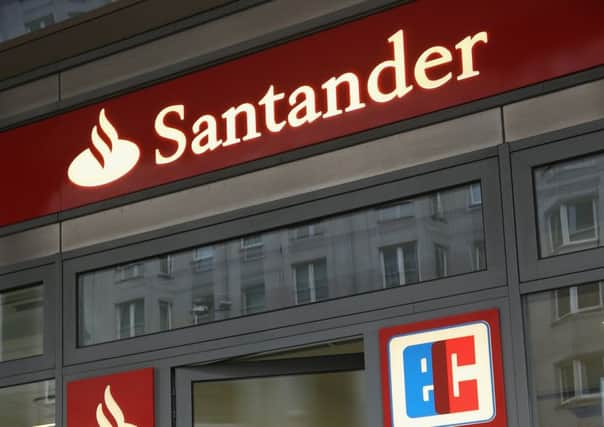Banks may need to bolster balance sheets


The Prudential Regulation Authority (PRA) said the largest lenders faced a shortfall in their capital buffers of between £2.2bn and £3.3bn when they ring-fence their retail and investment arms. It admitted the new rules may lead to higher charges for banking customers as lenders look to pass on the costs. The new ring-fencing rules come into force in 2019 and are designed to protect taxpayers and banking customers in any future financial crisis by ensuring retail operations are insulated from more risky investment banking activities.
It follows the mammoth banking bailouts in the 2008 financial crisis and will affect all major lenders with a balance sheet of more than £25bn – Barclays, HSBC, Lloyds Banking Group, Royal Bank of Scotland, Santander UK and the Co-operative Bank.
Advertisement
Hide AdAdvertisement
Hide AdBut in its latest consultation paper on ring-fencing, the PRA yesterday revealed the costs of the structural overhaul, with the extra needed in capital reserves across the industry – an amount set to rise as ring-fenced divisions will also need to hold an additional “systemic risk” buffer. This is due to be outlined by the Bank of England’s Financial Policy Committee by the end of next May.
Banks also face hefty compliance costs as a result of the changes. The PRA confirmed that ring-fenced banks will be able to pay dividends to their parent companies, but will have to ask the Bank of England for permission.